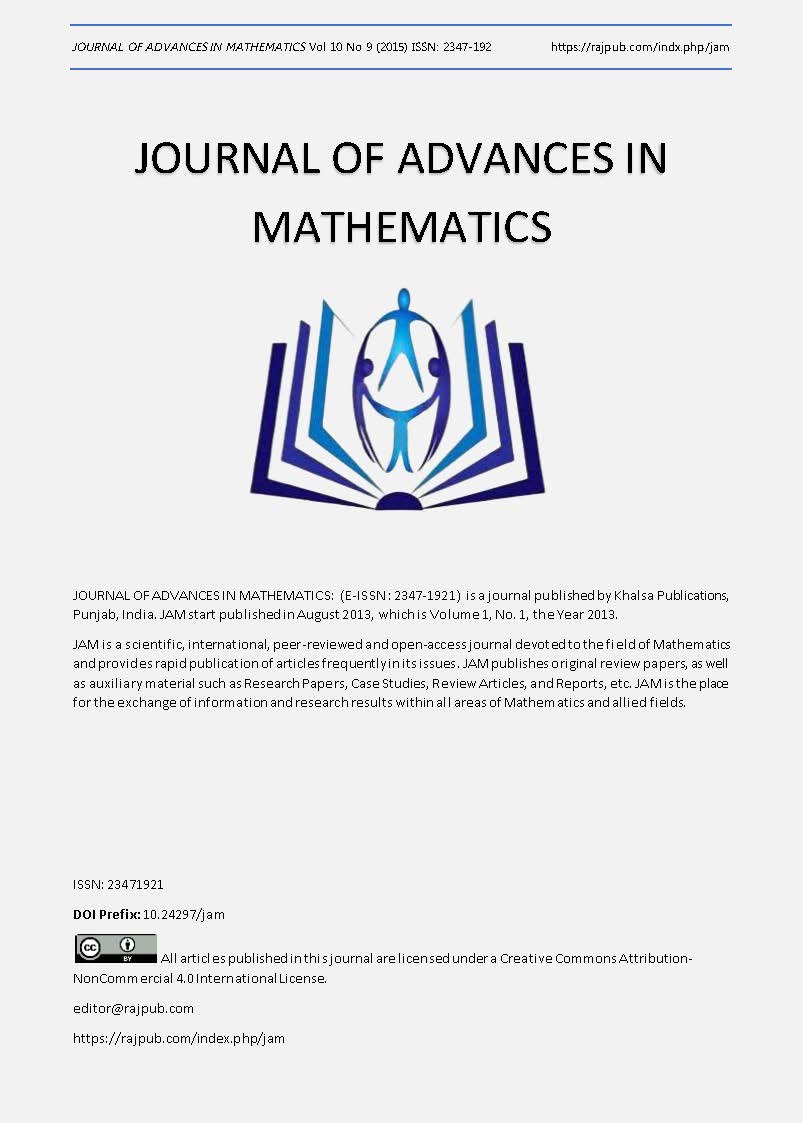A paradigm shift in mathematical physics, Part 2: A new local realism explains Bell test & other experiments
DOI:
https://doi.org/10.24297/jam.v10i9.1884Keywords:
Theory of Elementary Waves, TEW, Lewis E Little, local realism, wave particle duality, Bell test experiments, wavefunction collapse, wave function collapseAbstract
An earlier article in this journal introduced a renegade theory called the Theory of Elementary Waves (TEW). Whereas quantum mathematics (QM) is a science of observables, TEW is a science of physical nature independent of the observer. They are symmetrical: complement and support each other. That article left three dangling threads that this article addresses: 1. Our claim that TEW is the only local realistic theory that can explain Bell test experiments, 2. Focusing on the medium in which elementary waves move, and 3. Demonstrating that there is zero experimental support wave particle duality. TEW is neither the hidden variable theory of Einstein, Podolsky and Rosen (EPR), nor the absorber theory of Wheeler and Feynman, nor an offshoot nor variant of quantum theory. It is a new paradigm, discovered by a dissident, Lewis E. Little who, after his PhD in physics, worked alone for decades outside the ivory tower of academic physics searching for and eventually finding a theory that explains quantum experiments based on local realism. The fate of new paradigms, unfortunately, is to be rejected as gibberish by leaders of the old paradigm. Plate tectonics was dismissed as absurd during the twentieth century.
Downloads
Downloads
Published
How to Cite
Issue
Section
License
 All articles published in Journal of Advances in Linguistics are licensed under a Creative Commons Attribution 4.0 International License.
All articles published in Journal of Advances in Linguistics are licensed under a Creative Commons Attribution 4.0 International License.








